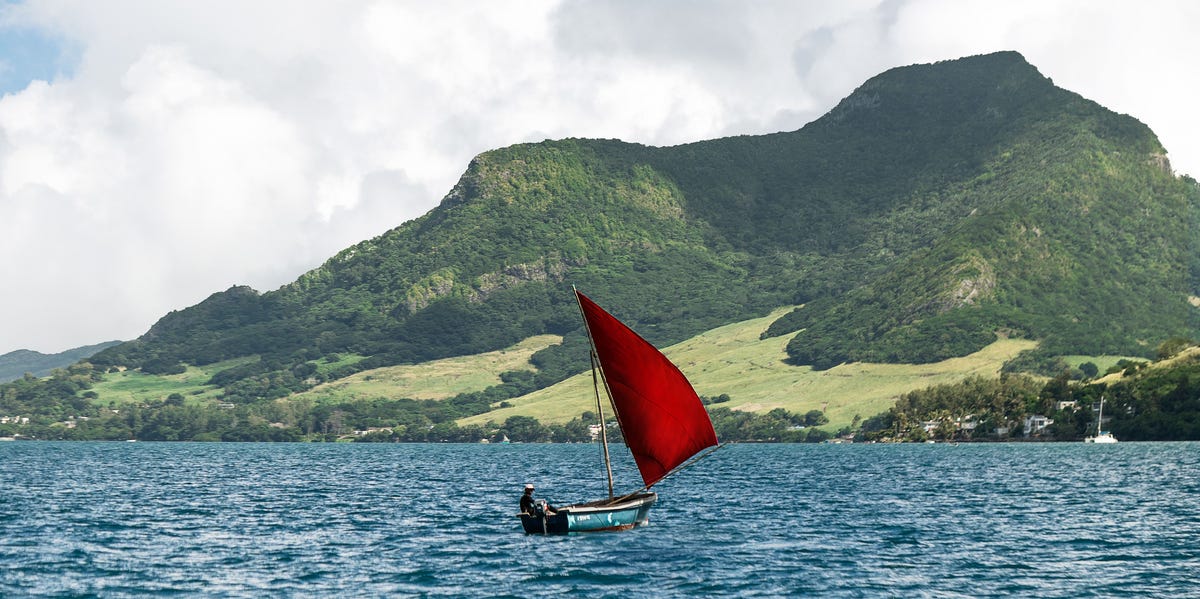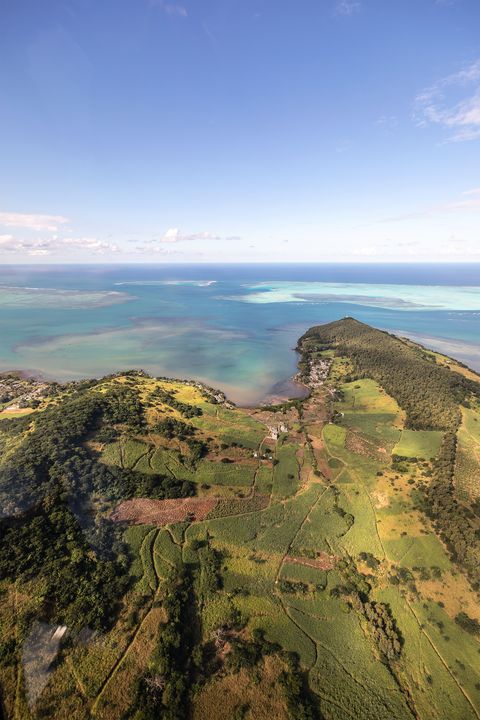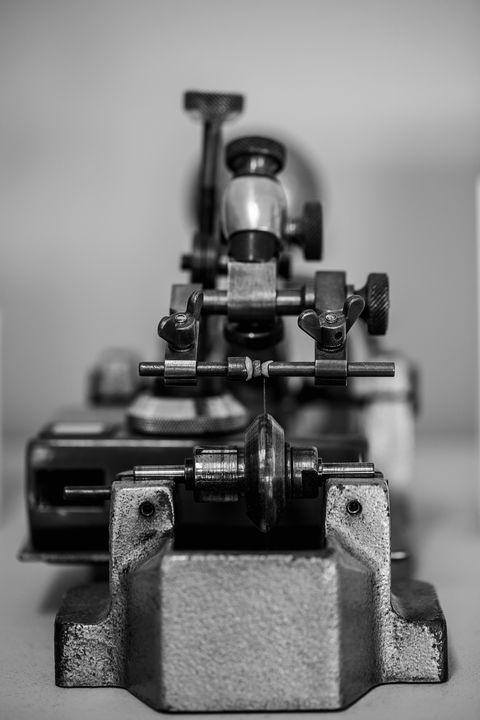In the middle of the Indian Ocean, off the coast of Madagascar, lies the tiny island of Mauritius. Encircling it like a necklace is one of the world’s largest coral reefs, which, like coral reefs everywhere, is under threat from warming oceans. Over the last few decades, Mauritius’s beaches have shrunk by 65 feet, in part because of damage to its reefs.
The country is also home to one of Tiffany & Co.’s diamond polishing operations: The stones are flown in from Antwerp and perfected there. Technicians examine them under a microscope and polish them using a machine that looks very much like a record player (if it had a diamond where the needle is). Given that the island is so important to the process, one of the aims of the Tiffany & Co. Foundation, the jewelry house’s charitable arm, is to protect its coral reefs and marine biodiversity. (In 2004, the company stopped selling coral jewelry for ethical reasons. “We just don’t think there’s any way to responsibly harvest it,” says Andy Hart, senior vice president of diamond and jewelry supply.)
The jeweler has long made transparency and social responsibility a priority. At the beginning of this year, it announced its Diamond Source Initiative, which will note the country of origin for all “individually registered diamonds” (those 0.18 carats and larger). These include the new Tiffany True diamonds, the majority of which are polished on Mauritius. While Tiffany’s commitment to preserving the island’s coral reefs technically has nothing to do with diamond production, Anisa Kamadoli Costa, the brand’s chief sustainability officer, explains that it’s all connected. “People want to bucket things in their minds: ‘This is an environmental issue; this is a social issue.’ But actually, there are very few issues where it isn’t both. If we don’t take care of oceans, we can’t take care of the local communities that live on a fishing economy.” Not to mention the nonhuman species they support. “Coral is known as the nursery of the oceans because it supports hundreds of thousands of species,” she explains. It’s no leap to imagine that damage to reefs could threaten the island’s entire future.
In 2000, the year it was founded, the Tiffany & Co. Foundation made its first grant to support coral and marine conservation. Since then, it has awarded more than $20 million in grants to the cause—funds that are sorely needed. As Kamadoli Costa points out, only 1 percent of philanthropic funding for the environment goes to the oceans, despite the fact that they cover three-quarters of the globe and play such an important role in cooling the planet and sequestering carbon.
When the company introduced the Tiffany True diamond in fall 2018, it was its first new engagement-ring cut in almost a decade. Each stone is laser-etched with a serial number that traces its provenance. Hart says this idea didn’t stem from survey data about millennials and their need for socially responsible products. “We’ve been working on this since before millennials were millennials, before they were consuming,” he says. Next year, the company will start sharing even more about its diamonds, letting the public in on the details of the craftsmanship process. As Hart puts it, “I’m happy to share anything about our diamonds with anybody.”



